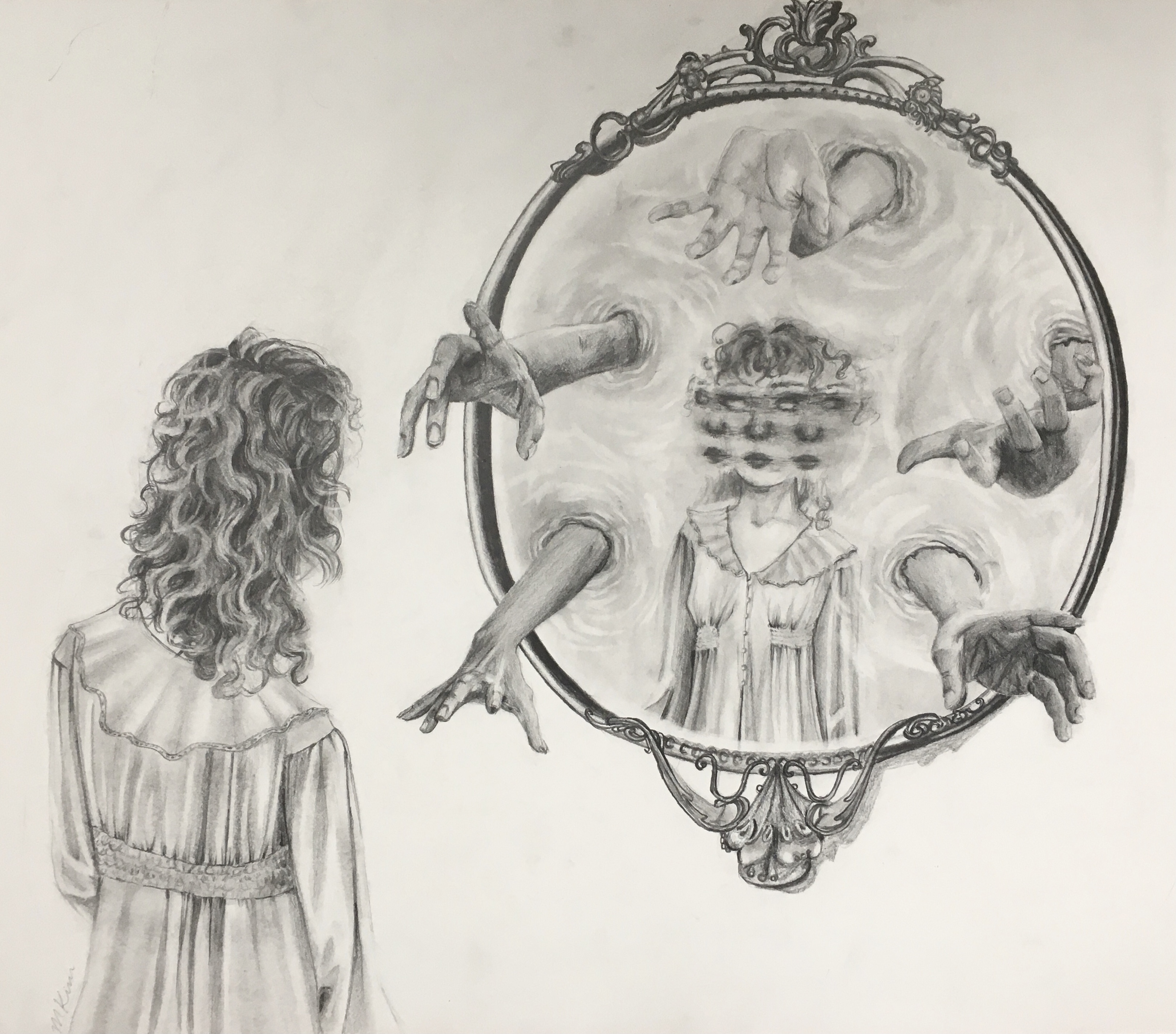The fear of mirrors, known as "eisoptrophobia," is a fascinating yet often misunderstood phobia that affects many individuals around the world. This phobia can manifest in various ways, leading to anxiety and distress when encountering reflective surfaces. The fear often stems from deeper psychological issues, making it essential to explore its roots, symptoms, and possible therapeutic approaches. As we delve deeper into the world of eisoptrophobia, we will uncover the underlying causes and the impact it has on those who experience it.
The fear of mirrors can evoke feelings of dread and discomfort, which can significantly affect a person's daily life. Those who suffer from this phobia may go to great lengths to avoid mirrors and reflective surfaces, leading to isolation and avoidance behaviors. It is crucial to understand that this fear is not just a simple dislike of mirrors but rather a complex psychological condition that can stem from various factors, including traumatic experiences, cultural beliefs, and even superstitions.
In this article, we will explore the many facets of the fear of mirrors, including its symptoms, potential causes, and available treatment options. Additionally, we will address common questions surrounding this phobia to provide a comprehensive understanding of eisoptrophobia and its impact on individuals. Whether you or someone you know struggles with this fear, this article aims to offer valuable insights and support.
What Is Eisoptrophobia?
Eisoptrophobia, or the fear of mirrors, is a specific phobia characterized by an intense, irrational fear of reflective surfaces. Individuals with this fear often experience anxiety at the mere thought of encountering a mirror, and when faced with one, they may experience panic attacks, sweating, or even nausea. The reaction can be so severe that it disrupts their daily activities and social interactions. Understanding this phobia is crucial for those who wish to overcome it.
What Are the Symptoms of the Fear of Mirrors?
Symptoms of eisoptrophobia can vary from person to person, but they generally include:
- Intense anxiety or panic attacks when near mirrors
- Physical symptoms such as sweating, trembling, or rapid heartbeat
- Avoidance behaviors, such as not entering rooms with mirrors
- Feelings of dread or impending doom when thinking about mirrors
- Negative thoughts or beliefs about one's reflection
What Causes the Fear of Mirrors?
The causes of the fear of mirrors can be complex and multifaceted. Some common factors include:
- **Traumatic Experiences**: Past experiences involving mirrors or reflections can lead to an ingrained fear.
- **Cultural Beliefs**: Certain cultures associate mirrors with bad luck or malevolent spirits, influencing individuals' perceptions.
- **Mental Health Issues**: Conditions like anxiety disorders or depression can exacerbate fears surrounding mirrors.
- **Superstitions**: Many people harbor fears based on superstitions, such as the belief that breaking a mirror brings bad luck.
How Does the Fear of Mirrors Affect Lives?
The fear of mirrors can have a profound impact on an individual's life. Those who suffer from this phobia may find themselves limiting their activities or social interactions to avoid mirrors, resulting in:
- Social Isolation: Avoiding public places or gatherings where mirrors are present.
- Low Self-Esteem: Negative self-image and body image issues can be exacerbated by the fear.
- Difficulty with Daily Tasks: Simple routines like grooming or getting dressed can become daunting.
- Emotional Distress: Anxiety and fear can lead to depression and other mental health issues.
Are There Treatment Options for Eisoptrophobia?
Fortunately, there are several treatment options available for those struggling with the fear of mirrors. These may include:
- **Cognitive Behavioral Therapy (CBT)**: A common therapeutic approach that helps individuals change negative thought patterns.
- **Exposure Therapy**: Gradually exposing individuals to mirrors in a controlled environment to reduce fear responses.
- **Medication**: In some cases, medication may be prescribed to manage anxiety symptoms associated with the phobia.
- **Support Groups**: Connecting with others who share similar fears can provide comfort and coping strategies.
Can Eisoptrophobia Be Overcome?
Yes, many individuals have successfully overcome the fear of mirrors through various therapeutic methods. With the right support and treatment, it is possible to reduce anxiety levels and regain confidence in facing reflective surfaces. The journey may take time and effort, but the rewards of overcoming this fear can lead to a more fulfilling life.
Conclusion: Understanding and Overcoming the Fear of Mirrors
In conclusion, the fear of mirrors, or eisoptrophobia, is a significant phobia that can disrupt daily life for those who experience it. By understanding the symptoms, causes, and treatment options, individuals can take the necessary steps toward overcoming this fear. Seeking professional help and connecting with others can provide valuable support in the journey to recovery. Remember, facing the fear of mirrors is not just about confronting a reflection but also about embracing one's identity and self-worth.
Personal Details and Biography Table
| Name | John Doe |
|---|---|
| Date of Birth | January 1, 1990 |
| Occupation | Writer and Mental Health Advocate |
| Location | San Francisco, CA |
| Interests | Writing, Psychology, and Public Speaking |
By tackling the fear of mirrors through understanding, therapy, and support, individuals can reclaim their lives and embrace their reflections with confidence.
You Might Also Like
Exploring The Whimsical World: A Comprehensive List Of Sanrio CharactersExperience The Unmatched Fun In San Juan
Unveiling The Mysteries Of Qimir In Star Wars
Unveiling The Legacy Of Mark Curry: The Rapper Who Redefined Hip-Hop
Mastering The Art Of Drawing Lionel Messi
Article Recommendations
- Rhian Gittins
- Jade Castrimos
- Graham Wardle Heartland
- Carly Matros
- W Coin Listing Date And Price
- Benson Boone Religion
- How To Get The Mehwapyarra Mount Capybara Mount In Ffxiv Dawntrail
- Henry Cavill Brothers
- Skip The Games Gainesville Fl
- Antony Starr Wife


